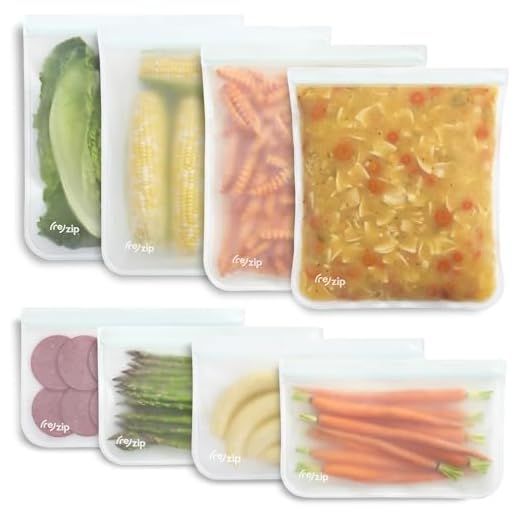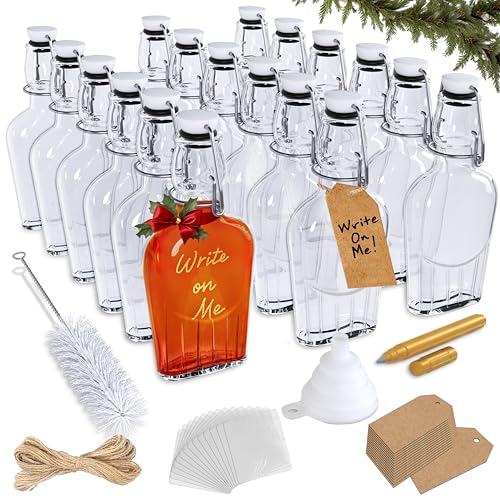




Prioritize vacuum sealing to ensure freshness and prevent leaks during transit. This method minimizes the risk of spoilage and keeps the product safe. Using durable, leak-proof bags will also help contain any odors.
Consult airline regulations regarding the transportation of perishable items. Many carriers have specific guidelines for wildlife products, including details on packaging and maximum weight limits.
Consider using ice packs to maintain the desired temperature, ensuring the integrity of the product throughout the journey. Properly labeled containers will avoid additional scrutiny from airport security and customs agents.
Familiarize yourself with local laws concerning interstate transportation of wildlife. Documentation may be necessary, so keep any required permits or licenses readily accessible during your travels.
Transporting Wild Game Safely
Wrap individual portions in heavy-duty freezer paper, ensuring that each piece is fully covered to prevent freezer burn. Next, place the wrapped portions into airtight plastic bags to further seal in freshness. Use multiple layers for added protection.
Choosing Appropriate Containers
Select a sturdy, insulated cooler that can fit comfortably within airline dimensions. Soft-sided coolers may be acceptable, but hard-sided options offer better protection. Use ice packs, not loose ice, to maintain temperature while preventing excess water.
Labeling and Documentation
Clearly label the exterior of your container with your name, contact details, and contents. Check specific airline regulations regarding wildlife transportation; some may require additional permits or declarations. Always confirm with the airline before travel.
| Step | Details |
|---|---|
| 1 | Wrap portions densely in freezer paper. |
| 2 | Seal with airtight plastic bags. |
| 3 | Choose a durable cooler. |
| 4 | Use ice packs instead of loose ice. |
| 5 | Label with name and contents. |
| 6 | Check regulations and required documentation. |
Understanding Regulations for Shipping Game Meat
Familiarize yourself with federal and state guidelines before transporting your harvest. Compliance with both is essential to avoid legal issues.
- Federal Regulations: The USDA oversees the interstate transport of animal products. Ensure the product complies with health and safety standards.
- State Laws: Research your state’s specific regulations. Each state has different rules for processing and transporting wildlife.
- Packaging Requirements: Use insulated containers to maintain temperature and minimize spoilage. Label packages clearly, including contents and originating state.
- Wildlife Tags: Maintain any tags or permits that verify the legality of the hunt. These may be required during inspections.
- Transport Methods: Some airlines have explicit policies regarding animal products. Verify these before booking.
Consult local wildlife agencies and regulatory bodies for any recent changes in the law that may impact your shipment.
Choosing the Right Packaging for Game Meat
Select insulated coolers or ice-packed containers to maintain optimal temperature during transportation. These materials can help prevent spoilage and keep the product fresh. When selecting a cooler, consider one that has thick walls and tight seals to minimize heat transfer.
Vacuum Sealing
Utilize vacuum-sealed bags for individual portions. This method reduces air exposure, which can lead to freezer burn and spoilage. Ensure the sealing is airtight and that no moisture is present before sealing to maximize longevity.
Labeling and Documentation
Clearly label each package with contents and handling instructions. Include necessary documentation such as permits or certifications required by regulations. Accurate labeling aids in identifying the product and ensures compliance with transportation rules.
Preparing Game Meat for Transport
Begin with thorough cleaning. Rinse the cut thoroughly under cold water to remove any blood or residue. After rinsing, dry the surface using clean paper towels to prevent moisture accumulation.
Portion the product into manageable sizes based on your planned usage. Use a sharp knife to cut into steaks, roasts, or ground portions. Vacuum-sealing each portion is ideal; it extends freshness and prevents freezer burn. If a vacuum sealer isn’t available, use heavy-duty freezer bags, removing as much air as possible before sealing.
Temperature Control
Freeze the packages before transport. Ensuring that they are solidly frozen helps maintain acceptable temperature during travel. It’s advisable to transport the goods while still frozen to minimize spoilage.
Avoid Cross-Contamination
Use separate cutting boards and utensils to prevent contact with other food items. Clean and sanitize all equipment and surfaces used in the preparation process to eliminate any possibility of bacteria transfer. Proper hygiene practices can significantly enhance food safety during transport.
Selecting a Suitable Transportation Method
Choose a carrier that permits the transport of animal products, particularly one experienced with handling perishable goods. Airlines and shipping companies vary in their policies, so review each option’s guidelines thoroughly. Look for providers known for their reliability and ability to maintain the necessary temperature conditions during transit.
Air Travel Considerations
When opting for air travel, ensure that you book a direct flight whenever feasible. This reduces the time your cargo spends in transit, minimizing the risk of spoilage. Contact the airline beforehand to confirm their specific requirements for transporting animal products.
Ground Transportation Tips
For road transport, consider using temperature-controlled vehicles to maintain optimal freshness. Employ insulated containers during transport, and schedule your trip meticulously to avoid prolonged exposure to external elements. If you’re looking for practicality in gear, a best backpack for working man could facilitate easy handling of smaller packs or accessories needed for the journey.
Handling Temperature Control During Shipping
Maintain the optimal temperature for wildlife protein to prevent spoilage. Aim for a consistent range of 28°F to 32°F (-2°C to 0°C) during transit.
Insulation Techniques
- Use insulated boxes or coolers specifically designed for meat transport.
- Layer with ice packs or dry ice to achieve low temperatures. Dry ice is more effective but requires careful handling.
- Insulate surrounding areas with additional padding material like foam or thermal blankets to minimize temperature fluctuations.
Monitoring Temperature
- Incorporate temperature monitors in the shipping container to track fluctuations.
- Check the temperature at regular intervals if possible. Consider using a remote monitoring system for updates during transport.
- Purchase a portable thermometer as a backup to verify conditions upon arrival.
Upon arrival, inspect the product immediately. If any signs of thawing or temperature abuse are present, consult local food safety regulations for guidance on the safety of the item. Timely actions can prevent foodborne illnesses.
Labeling and Documentation Requirements for Game Meat
Each package containing venison must be clearly labeled. Ensure the label includes the following details: the source of the animal, date of harvest, and your contact information. This information supports traceability and compliance with local regulations.
Documentation for Transport
Prepare all necessary documentation prior to transit. Depending on the origin, you may need a game tag or a receipt as proof of legality. Ensure compliance with state and federal regulations, which may vary significantly. It’s advisable to include a declaration stating the contents and purpose of the shipment.
Interstate Shipping Considerations
When transporting across state lines, confirm the specific requirements for each destination. Some jurisdictions enforce restrictions on certain types of wildlife. Consult relevant wildlife and transportation authorities for any permits needed. Validate that your documentation aligns with the requirements to avoid delays.
Finally, for transportation methodologies, consider reading a guide like how to test an air ride compressor a step by step guide for additional insights on maintaining optimal conditions during transport.







